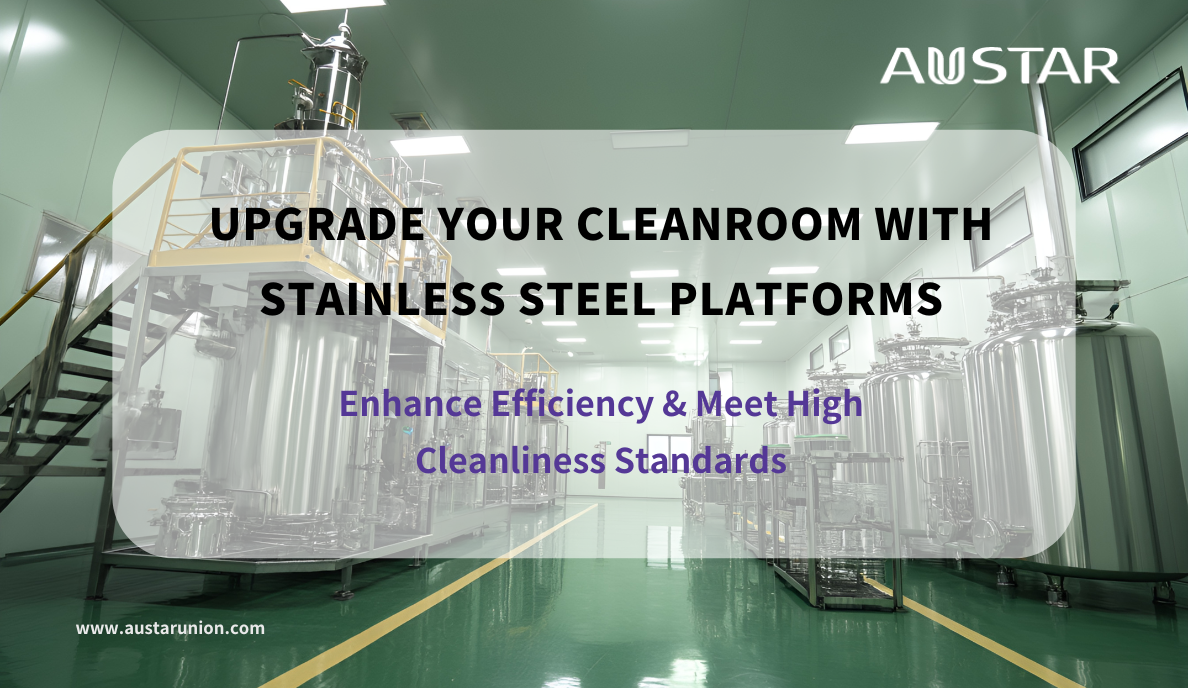Application of Stainless Steel Platforms in Pharmaceutical Cleanrooms
News & Insights2025-09-26
With the advancement of pharmaceutical technologies and the improvement of cleanliness standards, cleanrooms have increasingly stringent performance requirements for supporting steel platforms. Stainless steel platforms, with their exceptional suitability for clean environments, have become the ideal choice for equipment in clean areas. In pharmaceutical processes, large tanks such as suspension tanks, storage tanks, circulation tanks, preparation tanks, and collection tanks often require specialized operating platforms due to their elevated operating heights and significant load capacities. In these scenarios, the notable advantages of clean-type stainless steel platforms—such as structural stability and ease of cleaning and maintenance—are fully realized, meeting the highest cleanliness standards required in such environments.

Project Background
To meet the process requirements of an active natural product industrialization project for a pharmaceutical company, a new stainless steel platform measuring 38.4m × 7m, is planned to be installed in the cleanroom. The platform material is specified as S30408.
Structural Design Strategy
Given that the material library of mainstream structural calculation software in China currently lacks an option for 304 stainless steels, the material for stainless steel components in this project is determined based on the "Technical Specification for Stainless Steel Structures" (CECS 410:2015), with S30408 selected. According to this specification, the design strength value for S30408 is set at 175 N/mm².
The structural calculation software used in this project is a commonly employed structural modeling and calculation tool. During the software modeling process, as there is no corresponding stainless steel material option available, Q235 steel (with a design strength of 215N/mm² as specified in the "Standard for Design of Steel Structures") can be selected for simulation calculations. To ensure that the strength of stainless steel components meets specification requirements (175N/mm²) in actual usage, the stress ratio of Q235 components outputted by the software must be controlled below 0.65. The structural stability design should comply with the relevant provisions of the "Standard for Design of Steel Structures."
Special attention must be paid to welding operations: stainless steel welding must use matching stainless steel welding rods, and the use of carbon steel welding rods is strictly prohibited.
By implementing stainless steel platforms, clients can achieve enhanced operational efficiency in cleanroom environments, ensure adherence to stringent cleanliness standards, minimize maintenance efforts, and benefit from the extended durability of equipment—ultimately driving superior product quality and optimized cost-effectiveness in pharmaceutical manufacturing.







 Search
Search 中文
中文






